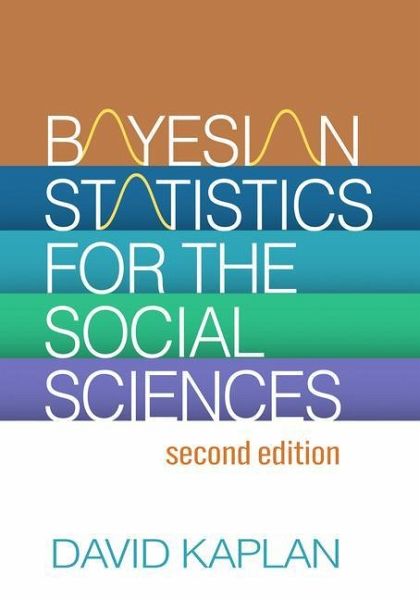
Bayesian Statistics for the Social Sciences
Versandkostenfrei!
Versandfertig in 2-4 Wochen
84,99 €
inkl. MwSt.

PAYBACK Punkte
42 °P sammeln!
The second edition of this practical book equips social science researchers to apply the latest Bayesian methodologies to their data analysis problems. It includes new chapters on model uncertainty, Bayesian variable selection and sparsity, and Bayesian workflow for statistical modeling.



